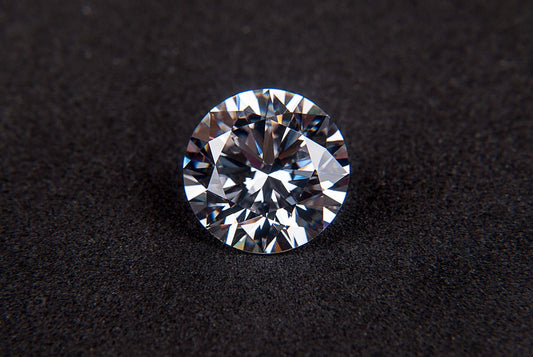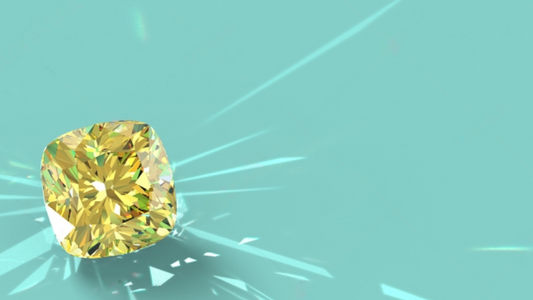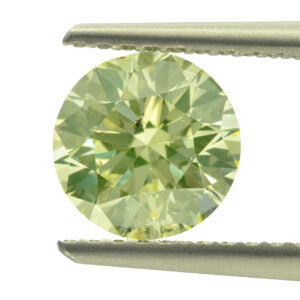The pressure of choosing the perfect ring can be overwhelming for some couples. Choosing the suitable ring metal for an Engagement Ringi one of the most important aspects of choosing a ring.
To assist you in choosing the suitable metal for your wedding bands, we've provided our expert tips and advice. In addition to choosing a metal for your fiancé's engagement ring, you should also consider other jewellery.
Choosing The Right Metal For Your Wedding Ring
Before choosing a specific metal for your wedding rings, consider your needs and priorities. The appearance of various types of wedding rings ranges from warm to cool, depending on the individual's skin type.
As well as matching engagement rings and wedding bands, it is essential to consider the material of the rings. It would be best to match your fiancée's wedding band to her engagement ring metal. It might be a good idea to match and have similar wedding bands with your partner.
Lastly, pricing is an important consideration. Budget-conscious couples may choose more affordable metals when their wedding band budget is limited.
The metal you choose for your wedding rings should be based on your needs and the skin tone of your partner. In case you are unsure what you are looking for, don't hesitate to ask questions. Here are some tips on choosing metals according to your lifestyle, skin tone, and other factors.
How To Metal For Engagement Ring
Rings made of different metals can be worn together. There are advantages and disadvantages associated with every metal commonly used for wedding bands and engagement rings, from colour to aesthetics and durability to value for money.
Eight metals are most commonly used for wedding rings, which are discussed in this article. You can also use this advice when choosing metals for your fiancé’s ring since many of these metals (especially the first five) are also used in engagement rings.
Yellow Gold
The use of gold for engagement rings and wedding bands dates back to Ancient Greece and Rome when gold was the most popular metal.
Wedding bands and engagement rings are made out of several different types of gold, with yellow gold being the most traditional. White gold and rose gold are other popular types of gold for wedding rings which we will look at more closely later on.
Women's and men's wedding bands are still made from yellow gold today, several millennia after it was first used. Gold isn't used in wedding bands, engagement rings, or other jewellery, contrary to what most people believe. A gold alloy is created by combining the gold with other metals for wedding bands and engagement rings.
To produce yellow gold, pure gold, copper, and zinc are combined. There is a choice between 14K gold (58.3% pure gold) and 18K gold (75% pure gold) for the wedding band, depending on the gold content of the alloy.
White Gold
Gold and nickel or silver are combined with palladium and palladium to form white gold, a metal with an elegant white colour and a stunning shine.
Women's and men's wedding bands have historically been made of yellow gold rather than white gold. Engagement rings and wedding bands are currently most popular in white gold, which has become much more popular over the last decade.
A variety of purity levels (karatages) are available in white gold, with the most popular being 14K and 18K.
Platinum
Platinum is a gorgeous metal that communicates luxury and exclusivity with its stunning colour and naturally white sheen.
For wedding rings and engagement rings, platinum has numerous advantages. As a naturally white metal, palladium (a precious metal we listed below) is similar to white gold in colour.
Despite its durability, it has good corrosion and is resistant to wear. As a hypoallergenic metal, yellow, white, and rose gold wedding bands are less likely to cause skin reactions in people with allergies.
Palladium
Known for its white, silvery colour, palladium is a precious metal. A ring made of palladium and a platinum ring has very similar colours and general appearances, as discussed in our detailed comparison of palladium vs platinum.
Palladium wedding bands and engagement rings last a long time. The metal does not lose its metal when it is scratched, unlike gold. Displacement occurs instead. Consequently, palladium rings can develop a patina with time.
The weight of palladium and platinum is one of their fundamental differences. When it comes to lightweight wedding rings, palladium is much lighter than platinum.
Titanium
With its durability, affordability, and comfort, titanium makes a great alternative to gold and platinum when it comes to wedding rings for men.
The surface of titanium is either polished or brushed to a matte appearance, with a light grey colour. In general, titanium rings are used mainly for men's wedding bands, as it tends to have a masculine appearance.
Its durability is one of its most significant advantages. Using titanium, you won't have to worry about it bending or breaking. Titanium is also a durable metal that can be cleaned with soap and water without the need for a jeweller to maintain it.
Tungsten Carbide
An alloy metal like titanium, carbon, or nickel is bonded to tungsten to form tungsten carbide. Regardless of how active you or your partner are, this metal is very durable and resists scratches and overall wear well.
Wedding rings made of tungsten carbide are among the strongest available. An 18K gold ring will be about ten times harder than one made of tungsten carbide, which is four times harder than titanium.
Tantalum
Over the past decade, tantalum has also become a popular metal for men's wedding rings. Tantalum has a pleasant shine that looks similar to that of many precious metals, with a colour that is slightly darker than platinum.
In addition to being extremely durable, tantalum wedding rings are also resistant to warping, scratches, and other everyday wear and tear. Due to tantalum's decreased brittleness, it's less likely to shatter if dropped than tungsten carbide.
Cobalt
An affordable alternative to white gold, platinum, and palladium, cobalt is a popular non-conventional metal for men's wedding bands.
It's worth noting that cobalt used for jewellery isn't an utterly pure metal like other metals used for wedding bands. The metal is mixed with other metals such as iron, tungsten, and chromium to make it stronger and more malleable.
Conclusion
The perfect metal for your wedding ring depends on your tastes and needs. Choosing a metal with qualities that match your needs and lifestyle is the way to get the best ring for you and your partner.
We are happy to help if you need it. In addition to wedding bands, engagement rings, and any other jewellery, our experts can help you select the perfect metal.
FAQs
Diamonds look best when they are set in what type of metal?
Stone colour and appearance can be significantly affected by the metal you use for your ring. Consider a white metal such as platinum, palladium, or white gold for a clear, colourless shine. Bright metals will enhance diamonds' fire without overpowering or changing their hue.
What is the best metal for engagement ring?
You can wear sterling silver jewellery occasionally, but it will not hold up to your engagement ring or wedding band. Sterling silver is not ideal for the jewellery you wear frequently. Similarly to gold, silver is relatively soft by nature and, over time, will undoubtedly wear away. Tungsten is harder than titanium and ultimately the most scratch-resistant metal you'll find for a wedding band.
What is the difference between silver and platinum?
Between platinum, white gold, and silver, there is no contest when it comes to durability. To keep silver in tip-top condition, it is necessary to regularly clean and polish it since it is a soft metal that is easily scratched, wears down quickly, and tarnishes quickly. Silver can, however, last a lifetime if properly cared for.
How much should an engagement ring cost?
Approximately 10 percent of survey respondents (10%) said they spent less than $1,000 on their engagement ring, according to a 2019 survey from The Knot. By 2020, the national average cost of an engagement ring in the UK rose to £1865, with most people now following the ‘3-month salary’ rule.
Would sterling silver be a good choice for a proposal?
Sterling silver rings are perfect for a surprise marriage proposal if you’re looking for something less expensive. Being a surprise proposal, you’re not likely to seek out anyone's advice on rings. Also, sterling silver rings are great travel companions since there's no need for expensive insurance or to worry about losing or stealing diamonds.
Is platinum prone to yellowing?
Platinum is one of the purest precious metals since it contains at least 95% of the metal. There is a different way platinum fades over time. In addition to losing its shine and gaining a natural patina (more on this in a bit), it won't turn yellow like yellow gold.











